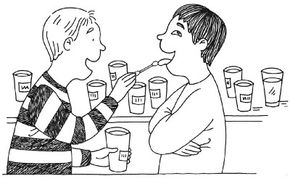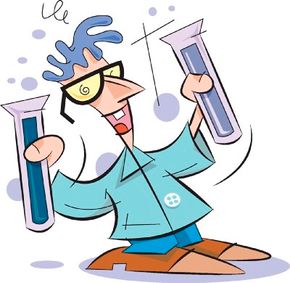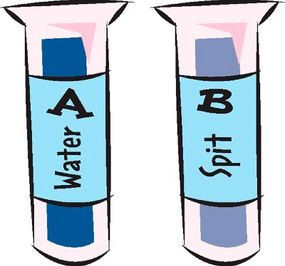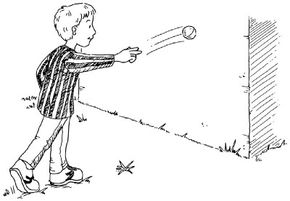Maybe you usually wouldn't pair the words "fun activities" with "nutrition and health," but get ready to change your mind about that. These science projects for kids: nutrition and health are great activities that expand your knowledge while providing hours of entertainment.
Whether you're learning why your head hurts after eating too much sugar or discovering what causes a ball to have a high bounce, you're sure to enjoy finding out more about your world through the projects on the following pages.
Advertisement
If you eat foods that are high in sugar, you might get an unpleasant "sugar buzz." Find out why this happens.
Go ahead -- spit. It's the only way to check the enzymes in your saliva. Check out this cool project.
Do you prefer salty things or sweet things? Learn how to test your taste threshold.
How can you know in which direction a ball is going to bounce back at you? Find out the way to tell.
First, gather lots of balls. Then, try this project to see which type of ball bounces the highest.
So you think you want that extra piece of candy? Keep reading science projects for kids: nutrition and health to learn what can happen if you eat too much sugar.
For more fun and exciting science projects, check out:
Advertisement



